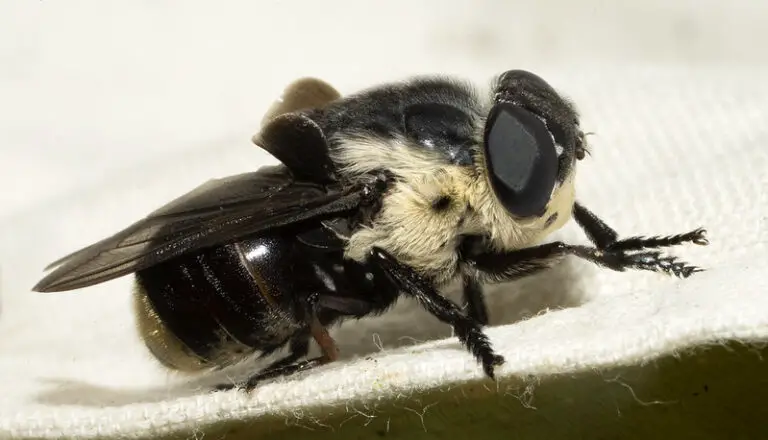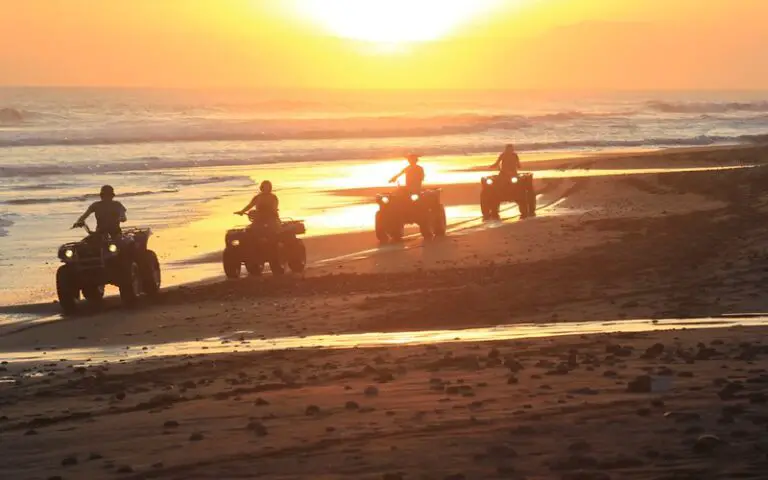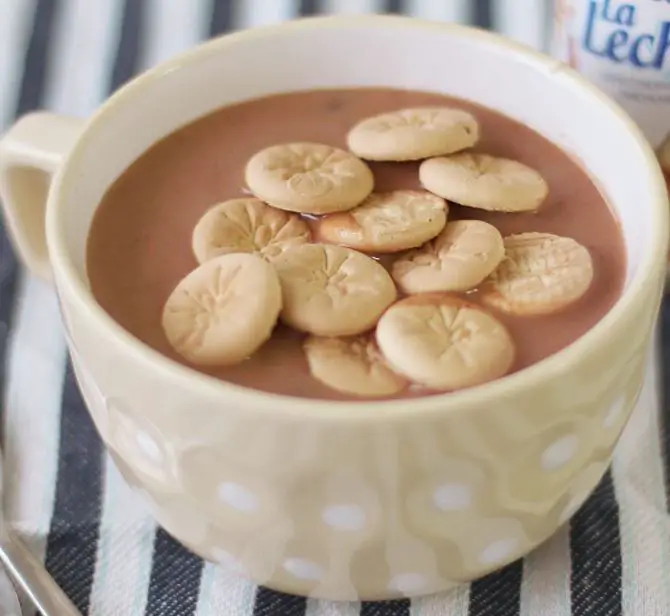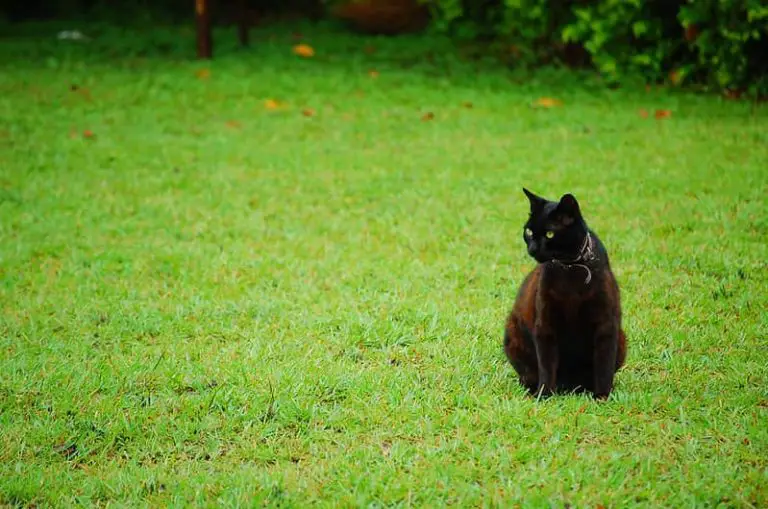Historical Facts And Ethnic Origins Of The Dominican Republic
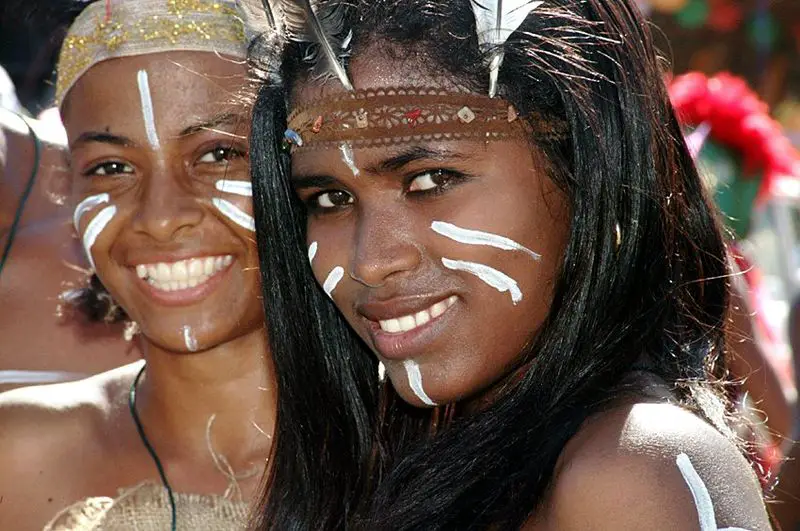
Contents
The first Inhabitants in the Dominican Republic
The Taínos were known as the first inhabitants of what is now known as the Dominican Republic, coming from the pre-Columbians of the Greater Antilles, Bahamas and the north of the Lesser Antilles. They were a town that came from island to island, coming from South America, specifically from the mouth of the Orinoco River, assimilating the oldest settlers, such as the ciguayos and guanajatabeyes and whose cultures are before the arrival of the Taínos.
They were loaded by a strong culture from its origins, which is still present in the features and ethnicity of the Dominican people and which they developed until the arrival of Christopher Columbus, comprising their culture, arts, instruments, customs, dances, even their language, and physical features.
The Taínos, spread throughout the islands of the Antilles, inhabited part of Cuba, Puerto Rico, and the island of Santo Domingo. According to some historians, the word “Taino” means “good” and “noble.
Taino culture comprised the vast majority of the aboriginal settlers of the Antilles, prior to the arrival of Europeans; The Taino culture probably has its origins on the south coast of the island of Santo Domingo and extends west and east of it, to Puerto Rico, eastern Cuba, Virgin Islands, Bahamas Islands, and Jamaica. they had developed life systems based on intensive agriculture at the time of contact with the Spaniards, this originated a social organization based on cacicazgos; these chiefs became political and religious leaders.
Taino languages
Taíno was the main language in the island upon the arrival of the conquering Europeans, belonging to the group of Arawak languages, spoken in all the Greater Antilles, in the Bahamas, the Florida Keys and several small islands of the eastern arch of the Caribbean Sea, it is extinct, although there are many remnants of the Taino language mixed with the Caribbean Spanish language.
With the arrival of the Spaniards in the Caribbean, they called “language of the Indians” everything they heard among the indigenous population, this because Christopher Columbus, thought or made believe that he had arrived in India, since this was the goal initial of his trip, although in the islands of the Antilles there were already different Arawak languages such as the Caribbean island or the Taíno.
There was great intercommunication between indigenous languages so much that it is not known for sure if the origin of some of our current words was exactly Taíno, Arahuaca or Caribbean.
But Taíno was like a kind of “universal language” among the natives, it was frequently used to understand each other between different groups with different languages. Something like now happens with English today.
The linguistic evidence that was preserved in some vocabulary lists. It shows the direct resemblance of the Taino language with the Arawak languages of South America.
There you can see certain phonetic changes that imply that the language of the Taínos had a greater kinship to the Guajira language than with others.
Classic Taino language
It was used in the eastern part of Cuba and most of the Spanish island. Also used in the southern Lucayas Islands, such as Puerto Rico and the Turks and Caicos Islands.
The Taíno of the Jaragua cacicazgo was a linguistic variant, considered by the inhabitants of the region as the most elegant and refined, in addition to being their second language. The Taíno of the cacicazgo de jaragua was used for culture and commerce since everyone understood and recognized it.
Taíno Siboney language
The Taíno Siboney language was spoken in the southwestern end of the Spanish island and eastern and central parts of Cuba. The Guanajatabeyes spoke another language in the eastern part of Cuba.
In the Islands of Jamaica and Dominica, the Taínos and Iñeris remained as groups, because of the process of miscegenation with African and European peoples.
Clothing and appearance of the Taino Culture
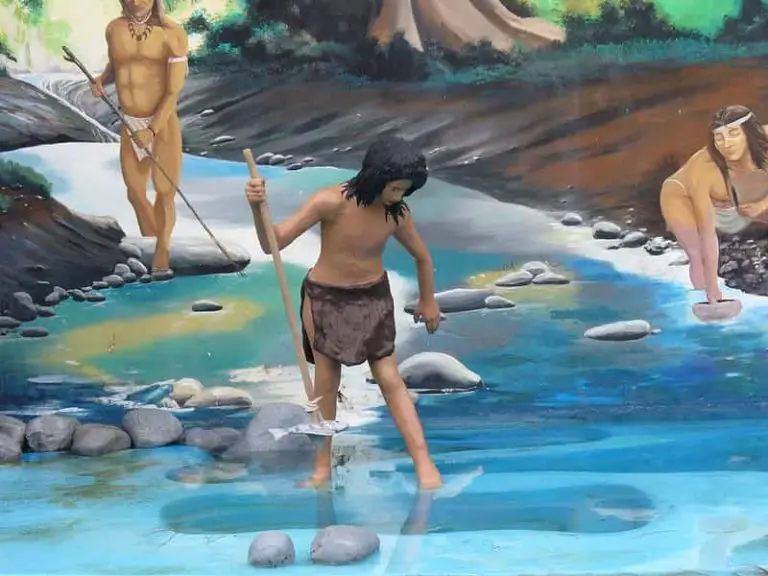
-
The Tainos used appropriate clothing to the tropical environment where they lived.
-
The men wore a simple loincloth.
-
Single women were naked.
-
Married women wore an apron called nagua
built of cotton, straw and other leaves.
-
They adorned their bodies with religious tattoos, in order to protect themselves from evil spirits.
-
Both sexes applied red, white, black, and yellow body paint.
-
They pierced Ears and Lips with crafts made of gold, bone, silver, shells and stones.
-
They made ceramics, baskets, carved wood objects, thread and a lot of gold. The latter was very abundant in the rivers of Hispaniola, Cuba, and Puerto Rico.
Social Composition of Tainos on the Island
The Tainos were classified into different social groups:
- Nitaínos; They were the nobles, craftsmen and warriors. they were in charge of other Indians and were of high esteem for being of better blood than the others; they became the lieutenants of the chiefs.
- Naborías; they were the servants belonging to the lower class.
- The caciques; (Chiefs) were inherited positions from the Nitain class.
- The Behiques; (healer) were from a Behique lineage.
The Colonization of the island
Christopher Columbus and a group of Spaniards arrived on the island of Santo Domingo on December 5, 1492, the reason for Christopher Columbus’s trip was because he was trying to find an alternate navigation route to get to India since this Nation was a very important trading point for the Spanish kingdom.
When the great Turkish empire ended the states of Byzantium and Crusaders seized the commercial sea routes used by the Spanish crown to reach Asia and demanded very high payments, this was the main reason for the Spanish crown to embrace the idea of searching for routes alternate.
Colon arrived in America trying to find a new route to Asia, trying to take advantage of the sphericity of planet Earth, but his calculations were not very accurate.
Upon arrival, Columbus and his Spanish companions found the island populated by a large population of Taíno Indians, who some historians claim called Ayti or Hayti (mountainous land or highland).
Columbus established a settlement on the north coast that he called the Christmas fort on his first trip, this being December 25. To build this fort, they used the remains of the Santa Maria caravel, which had suffered serious damage during a shipwreck.
On his second trip to Hispaniola in 1493, Columbus found that the Christmas fort had been eliminated and destroyed its inhabitants, so he established a second settlement he called the Isabela, further east of the island.
On the south coast, the first permanent city in the New World was established: Santo Domingo, this after several attempts to establish colonies on the north coast of Hispaniola, taking the whole island with the same name.
The relations between the Spaniards and natives deteriorated because of the constant mistreatment to which the latter were subjected. The natives were revealed, but in 1495 they were subdued.
The Spaniards introduced the system of distribution or parcels in Santo Domingo, the colonizers received land and the right to use the Indians to work it through this method.
Colon ruled the colony until 1499, tried to stop the abuses to which the Tainos were subjected, regulating informal taxes and prohibiting the expeditions imposed on them by the colonizers. Because of this situation the colonists opposed Colon.
Columbus devised the system of land distribution and tainos. For the demands of the Spaniards, However, this system did not fix the situation of the Indians, and the Spanish Crown changed it by instituting the parcel system in 1503.
The landowners showed their power in 1500, conspiring against Columbus successfully, Francisco de Bobadilla was his successor, in 1499 he was appointed as commissioner and chief judge by the Spanish crown.
Columbus was captured by Bobadilla and sent to Spain, but Queen Isabel ordered his release immediately. Bobadilla was replaced by Nicolás de Ovando in 1503, who, being a supreme judge and governor, changed the system of distribution of Indians to entrustment.
The Tainos had to perform forced labor for the encomenderos (Spaniards favored with parcels) through this system; they had the duty to instruct them in Christianity and take care of them.
In the colonial government, the Taíno population of Santo Domingo did not fare well, the exact size of the indigenous population of the island in 1492 was never determined, but some observers of the time gave estimates that varied from several thousand to several million.
Beginnings of race mixing on the island
The direct contact between Spaniards and Taina women was one characteristic that brought the discovery of the new world, this led to King Fernando the Catholic for approval in 1514 to the validation of any marriage between Spanish men and indigenous women. With this law, miscegenation arises on the island, the crossing of races gave way to a new social stratification.
The Kings of Spain Fernando and Isabel granted the first permit to the colonizers of the Caribbean to import African slaves in 1501, which began arriving on the island in 1503. The first large group comprising 250 Ladino blacks, reached Hispaniola from Spain in the year 1510.
Ladinos were called blacks Christianized and familiar with Spanish customs, those who came directly from Africa with no familiarity with this culture were called muzzles, the Spanish crown tried to bring only Ladino blacks to the island, although this practice doesn’t last long.
As a product of the union of Spanish white men with black African women, the mulatto emerged.
The Spanish crown prohibited sexual relations between a white woman with an African or Taino man at that time. Taino and African men were sentenced to death if this occurred because this was considered sexual abuse.
Despite the restrictions imposed by the crown, some European women also had sex with Taino and African men clandestinely. The white women who mestizo to hide with Indian men, mulattos, mestizos, and blacks, belonged to the lower and lower-middle class.
By the year 1503 there was already a large group of black slaves working in the mines for the Spaniards on the island, the governor of that time, Nicolas De Ovando was worried about a large number of black slaves and that some had already escaped From captivity, Ovando made a request to the Spanish Crown to stop the importation of black slaves to the island, this caused the transfer of slaves from Spain to stop for about a year and a half.
Taino extermination
After a short period of coexistence with the Spaniards, relations with the Tainos deteriorated. The Spanish removed the men from their villages by subjecting them to forced labor in gold mines and colonial plantations. This prevented the Taínos from planting the crops that had fed them for a long time and began to starve, some rebelled and fled to the mountains, but were hunted with combat dogs brought from Spain.
Thousands of the Tainos died because of diseases such as smallpox, measles, and other European diseases to which they were not immune, some committed suicide to avoid being enslaved; hundreds died fighting against the Spaniards, while many more fled from the colonies to more remote areas.
Decadence of the colonial era
With the conquest of the other American countries, interest in the island of Hispaniola was lost, the colonists, mostly left for Mexico and Peru, where there were large gold and silver mines, agriculture declined and the importation of new slaves into the island stopped, leaving only a few whites, free blacks, and slaves and a small remaining group of Tainos in a weakened social hierarchy, intermingling, except for the city of Santo Domingo, which maintained export help.
The smuggling trade and the raising of cattle were the only sources of livelihood during the time, because of the crisis of the time, the inhabitants of the island who lived outside the city of Santo Domingo needed marketing with other European powers such as Holland and England, because of this, Spain disintegrated the populations that emerged in the northern and western regions of the colony, so that its inhabitants moved closer to the city of Santo Domingo.
This action began what is now known as “the devastations of Osorio” Governor Antonio de Osorio ordered to incinerate the towns of Bayaja and Yaguana moving their settlers in what is now known as Bayaguana, the towns of Depopulated were also depopulated Puerto Plata and Montecristi giving birth to the town of Monte Plata.
Two colonies in One island
Because of the abandonment and neglect by the Spanish crown of the northern part of the island and its only focus on the city of Santo Domingo, in 1640 France colonized the northwestern part of the island, arriving through the Turtle Island, in 1777 the treaty of Aranjuez was signed where the island was divided into two colonies, one directed by the French and another by the Spanish.
From the beginning, both colonies had marked geographical and economic differences, the French colony sustained its economy based on the massive importation of African slaves, in the Spanish colony, the economy continued based on the raising and export of cattle.
The Dominicans are an Interesting racial mixture
According to a study by the Dominican Academy of History, the National Geographic Society and the University of Pennsylvania, with the collaboration of the Universidad Iberoamericana (UNIBE) has determined, based on a sample of 1,000 DNA tests, that the Dominican population It has a 49% DNA of African ancestors, 39% European, and 4% Taino, this implies the predominance of the mulatto in the race and the complicated racial mixture in our island.

